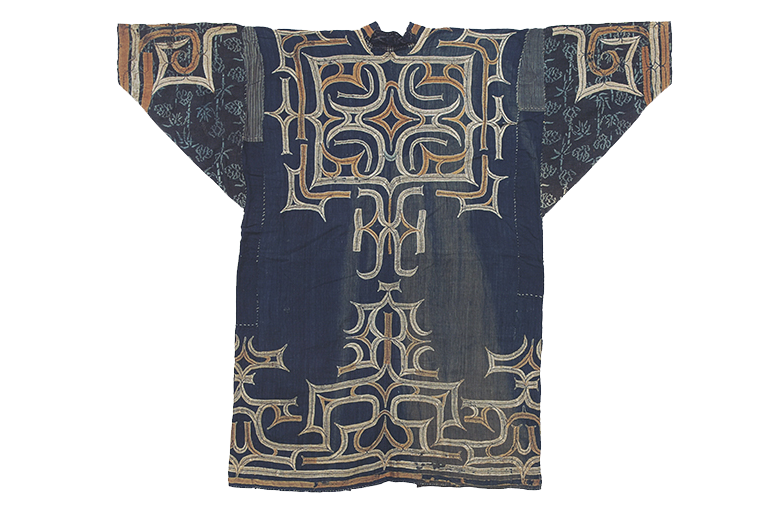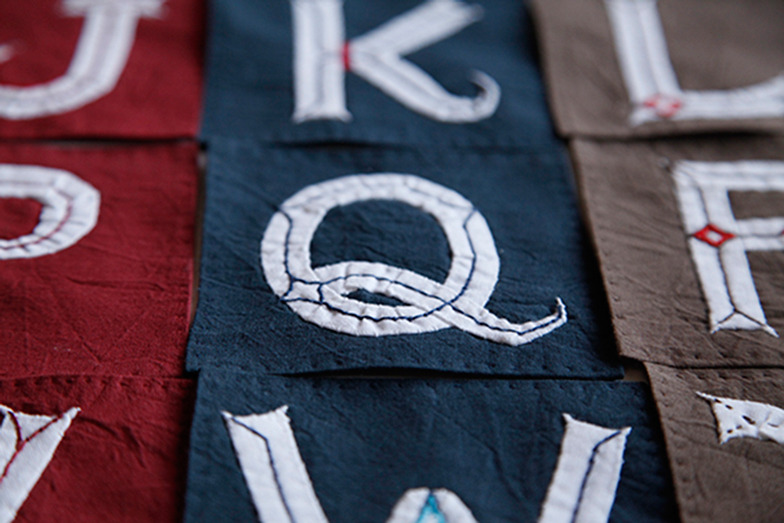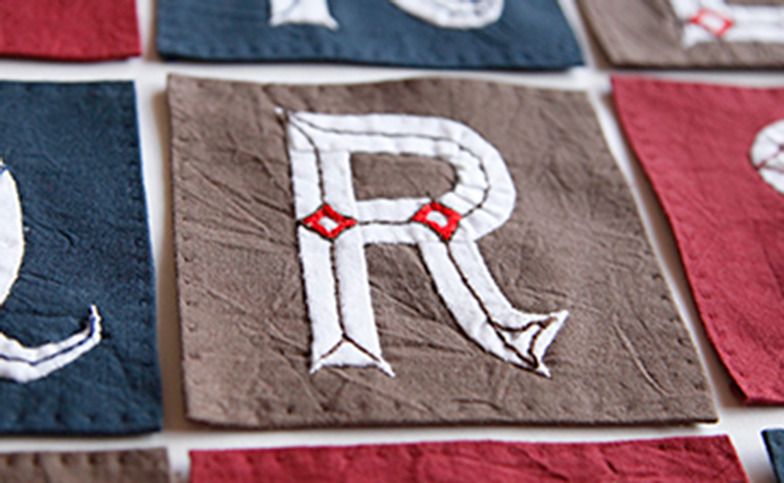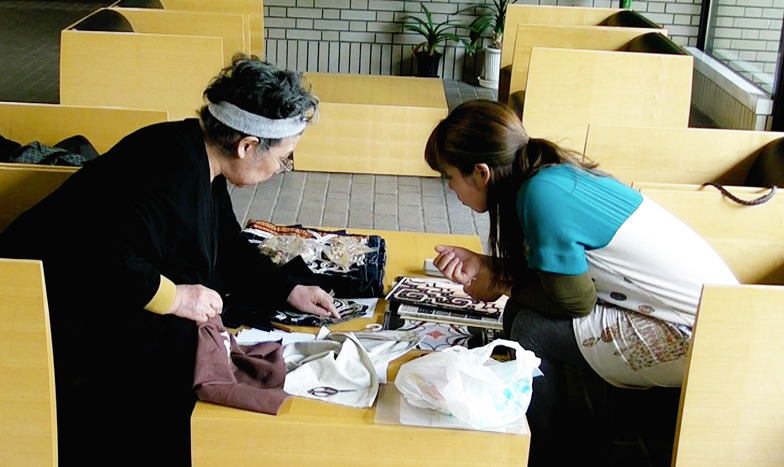Note: This website was automatically translated, so some terms or nuances may not be completely accurate.
Published Date: 2015/07/28
【Hokkaido】Creating characters using Ainu patterns.

Tsuda Meiko

Shihō Kawamura
Dentsu Inc.
Was this article helpful?
Newsletter registration is here
We select and publish important news every day
For inquiries about this article
Back Numbers
Author

Tsuda Meiko
Ainu culture researcher
Born in Mukawa Town, Hokkaido, in 1945. Served as a curator at the Hokkaido Ainu Comprehensive Center, researching Ainu patterns through actual production.

Shihō Kawamura
Dentsu Inc.
Marketing Creative Center
Art Director/Promotion Planner
Joined the company in 2006. Primarily handles graphic design, planning and production from mass media to events and overall promotions.
Series





